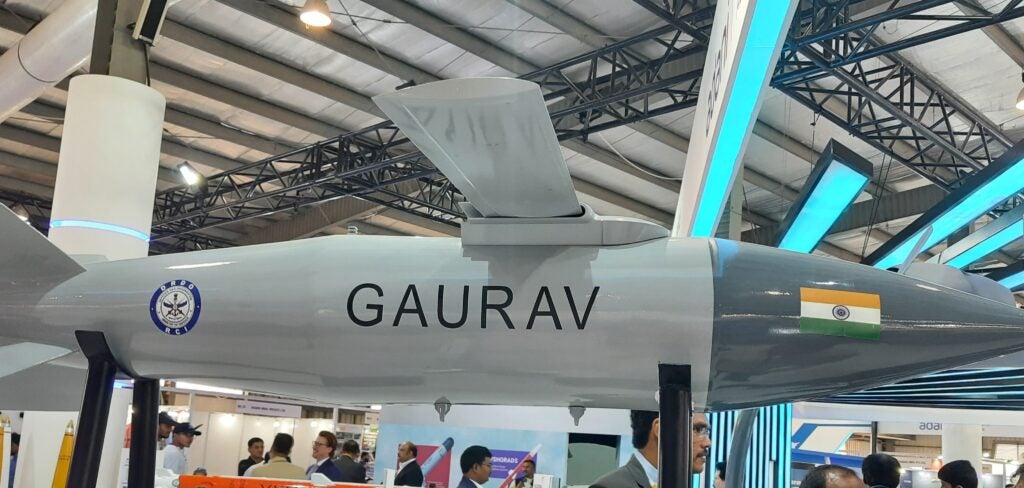Gaurav is part of the Long Range Glide Bomb (LRGB) family being indigenously developed by Research Centre Imarat (RCI) Hyderabad, a premier laboratory of DRDO. The family comprises two guided bombs, Gaurav and Gautham, both of which have tail control surfaces for manoeuvring while Gaurav has a set of wings for range extension.
The LRGB fired from SU-30 MKI hit the target erected at Long Wheeler’s Island, Odisha with high precision. The flight profile was monitored using telemetry and electro-optical tracking systems deployed from the Integrated Test Range along the coast of Odisha.
India’s Defence Minister Raksha Mantri Shri Rajnath Singh congratulated DRDO, IAF and industry on the successful flight test, calling it “an important milestone in the country’s efforts to develop indigenous defence technologies”.
The Development and Production Partners (DcPP) – Adani Defence and Bharat Forge – also participated in the flight trials. Adani Defence inaugurated the serial production line for ULPGM and LRGB in October 2023 in Hyderabad. The Defence Acquisition Committees and the Defence Acquisition Council gave approval for induction of LRGB along with the Tactical Advance Range Augmentation (TARA) kit in December 2022. The bomb is initially planned to be integrated into the Indian Air Force’s SU-30 MKI and Mirage-2000 and subsequently adopted fleet-wide. The SU-30 MKI can carry up to 5 LRGB on weapon stations 1, 5, 6, 7 and 8.
About Gaurav LRGB

(Image credit – AdithyaKM_)
The LRGB has an inertial navigation system with GPS and IRNSS (Indian Regional Navigation Satellite System) and thus achieves an accuracy of
The bombs support two types of warheads, Proximity Fuse (PF) and Penetration Cum Blast (PCB) with a penetration power of over 3 m. The bombs can be dropped from an altitude of as low as 1 km up to 12.6 km at Mach 0.6-0.95. The bombs can hit the target with a terminal velocity of over 300 m/s at ≥ 70° (PCB) or 225 m/s at an impact angle of ≥ 15° (PF). They have an RCS of less than 0.3 m² in the S, C and X bands, making it difficult for enemy radar to detect the bomb at long range.

